Understanding Soil Health: How to Test and Improve Your Garden’s Soil
Good soil is the starting point for a garden that grows well. It feeds your plants, holds water, and helps roots grow strong. If the soil is off, even the best seeds can struggle.
Many gardeners focus on sunlight and water, but what’s happening underground matters just as much. Taking a little time to learn about soil health can make your gardening easier and more rewarding.
This post may contain affiliate links, which helps keep this content free. Please read our disclosure for more info.
What is Soil Health?
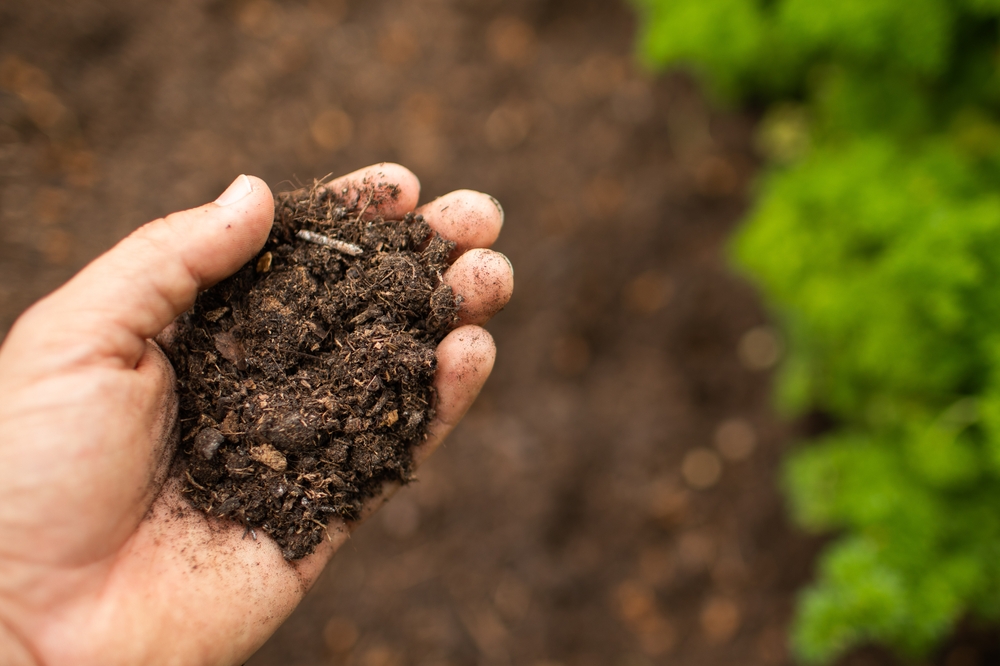
Soil health is all about how well your soil supports plant life. That means how it holds moisture, how easy it is for roots to grow, and how many helpful bugs and microbes live in it.
A few things play a big role in keeping soil in good shape.
- Organic matter like compost or leaves that feed your soil
- A crumbly structure that lets air and water flow through
- A balanced pH level so plants can take in nutrients
- Earthworms and tiny organisms that break things down and keep the soil active
It’s one of the most important things to understand before preparing your garden.
Why is Soil Health Important for Your Garden?
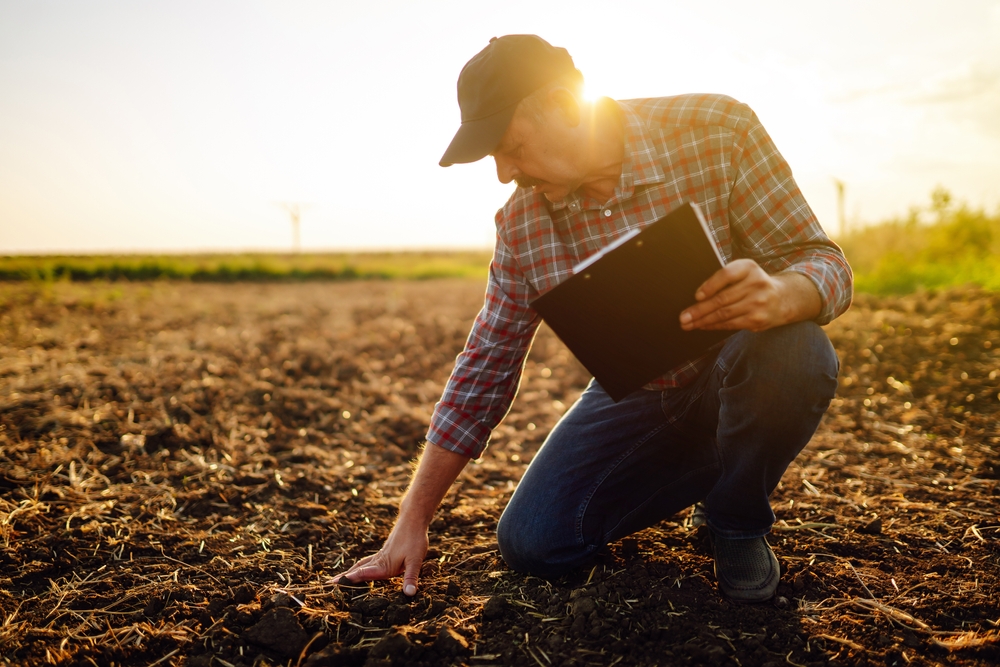
When your soil is in good condition, your plants grow better without much extra effort. They get the nutrients and water they need, and their roots stay strong and healthy.
Healthy soil also keeps water from running off or pooling up. It soaks up water when it rains and holds onto it longer during dry days. Over time, this helps you use less water and worry less about plant stress. A strong root system also helps plants handle pests and diseases better.
How to Test Your Soil
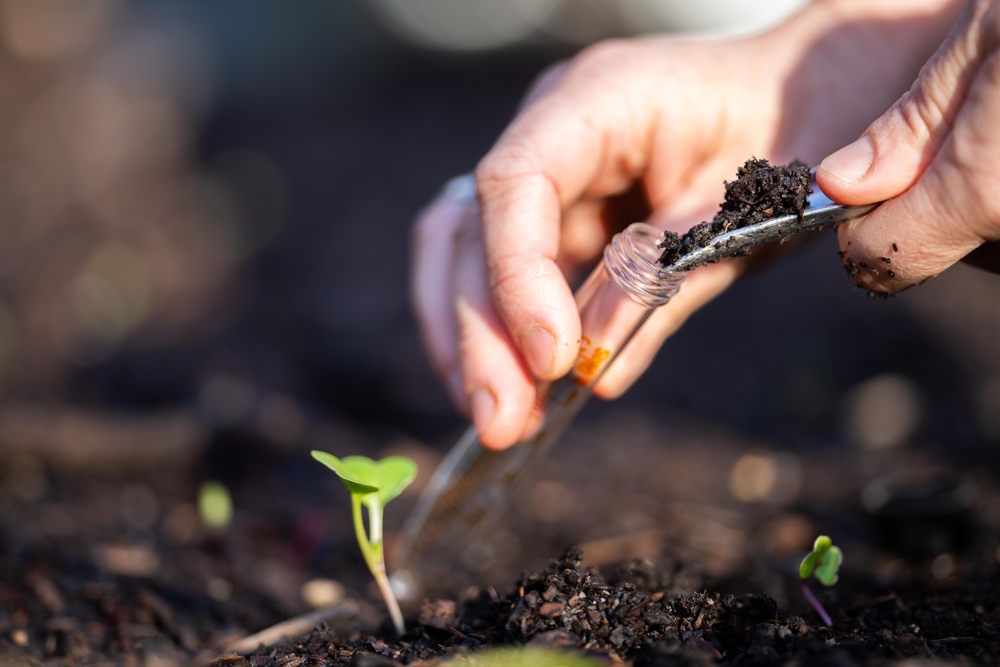
Soil testing gives you a clear picture of what your garden might need. It’s a simple step that can save you time and guesswork later.
Here are a few basic tests you can do.
- A pH Test tells you if your soil is too acidic or too alkaline
- Nutrient tests shows if your soil is missing key nutrients
- Texture test helps figure out if your soil is more sand, silt, or clay
You can buy a test kit from a garden center or order one online. For more detailed results, many local universities offer lab testing. They’ll walk you through how to collect a sample and send back a report with easy-to-follow tips.
Interpreting Soil Test Results
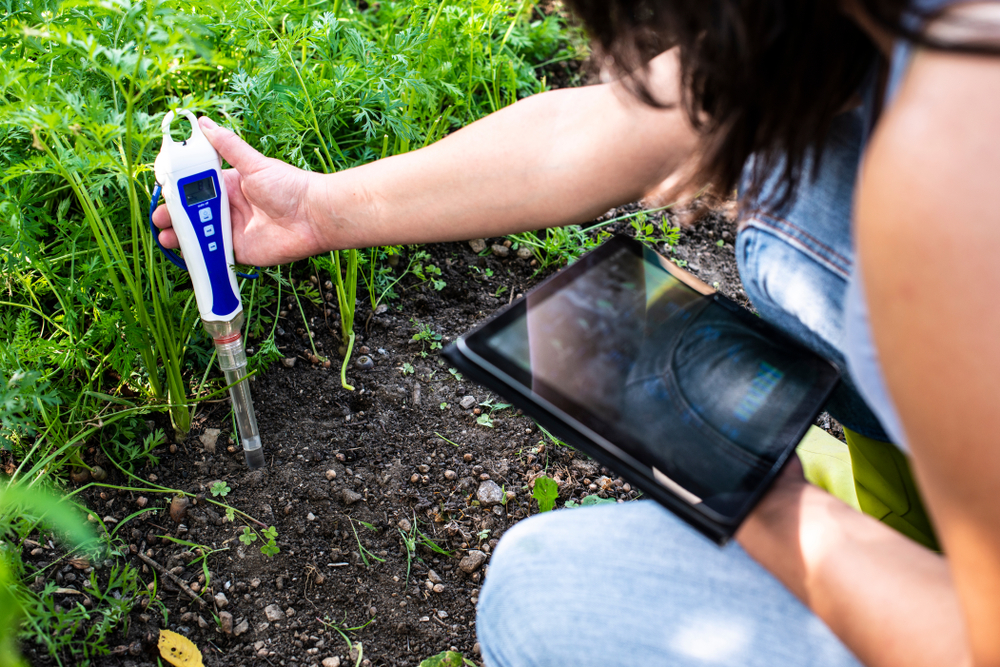
Once you have your test results, the numbers can seem confusing at first. Don’t worry. Here are the basics to look for. If your soil is too acidic, most plants won’t be able to take up nutrients properly. You can bring it up with lime. If it’s too alkaline, you might need to lower it using sulfur or peat.
When nutrients are out of balance, plants can show signs like yellowing leaves or slow growth. Your report will suggest what to add to fix the problem. Just remember to go easy and follow directions.
Texture results will help you understand how well your soil drains. Sandy soil dries too fast, and clay holds too much water. If needed, you can mix in compost to help loosen heavy soil or hold water better in dry soil.
How to Improve Soil Health
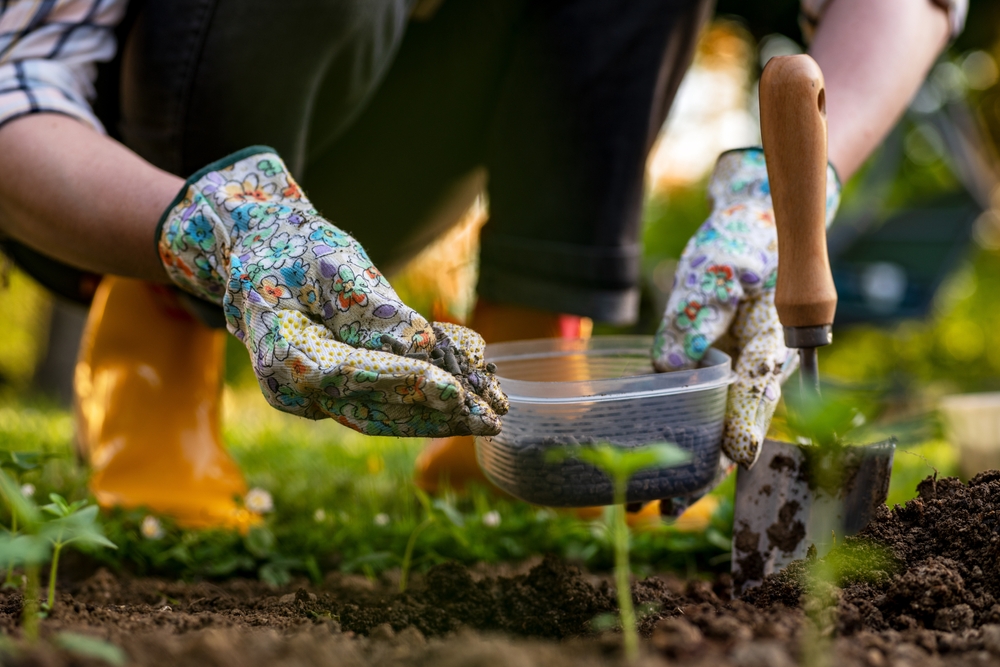
Start by checking your pH and adjusting if needed. If it’s too far off, plants won’t grow well even if everything else is right. One of the best things you can do is add more organic matter.
Use these things to improve your soil health.
- Finished compost
- Mulch from leaves, bark, or straw
- Cover crops like clover or buckwheat in the off-season
These feed your soil, hold moisture, and keep roots happy. If your soil doesn’t drain well, you can mix in sand, compost, or peat to loosen it up. In some spots, raised beds might be the better choice.
Encouraging life in the soil is also important. Earthworms and helpful microbes do a lot of behind-the-scenes work. You can support them by adding compost and skipping harsh pesticides.
Sustainable Practices for Maintaining Soil Health
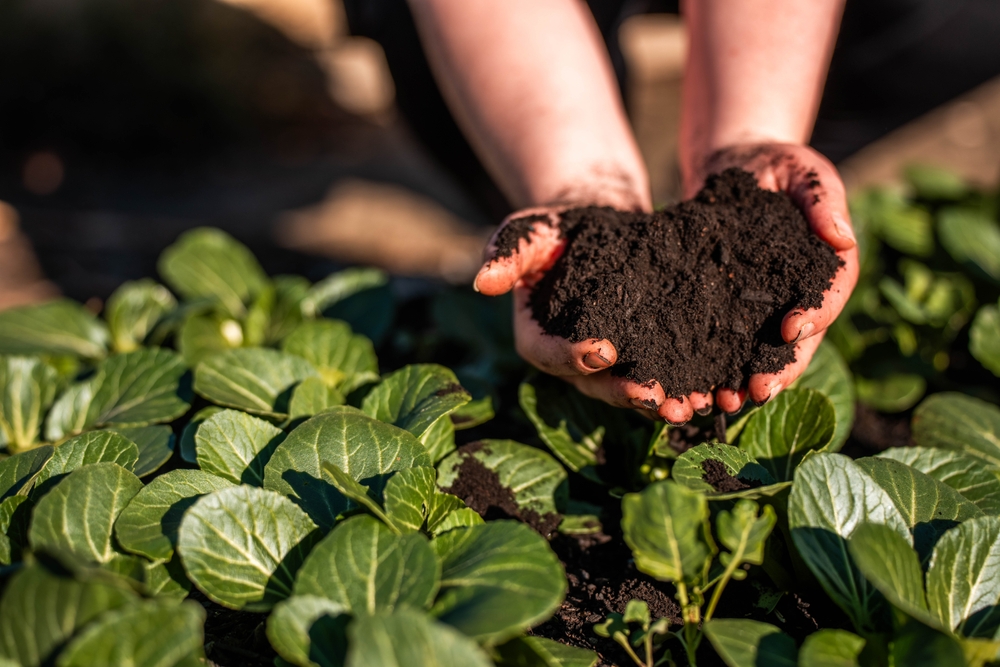
Keeping your soil healthy over time means mixing things up and working with nature. One simple way is to rotate crops so your soil doesn’t get worn out growing the same thing year after year.
Avoid digging too often or too deep. Overworking the soil can damage the structure and make it harder for water and air to move through. Stick to lighter methods like layering compost or mulch.
Natural fertilizers like composted manure, leaf mold, or green manure crops add nutrients without stressing the soil. They also support helpful bugs and bacteria that make your garden stronger.
Common Soil Problems and How to Fix Them
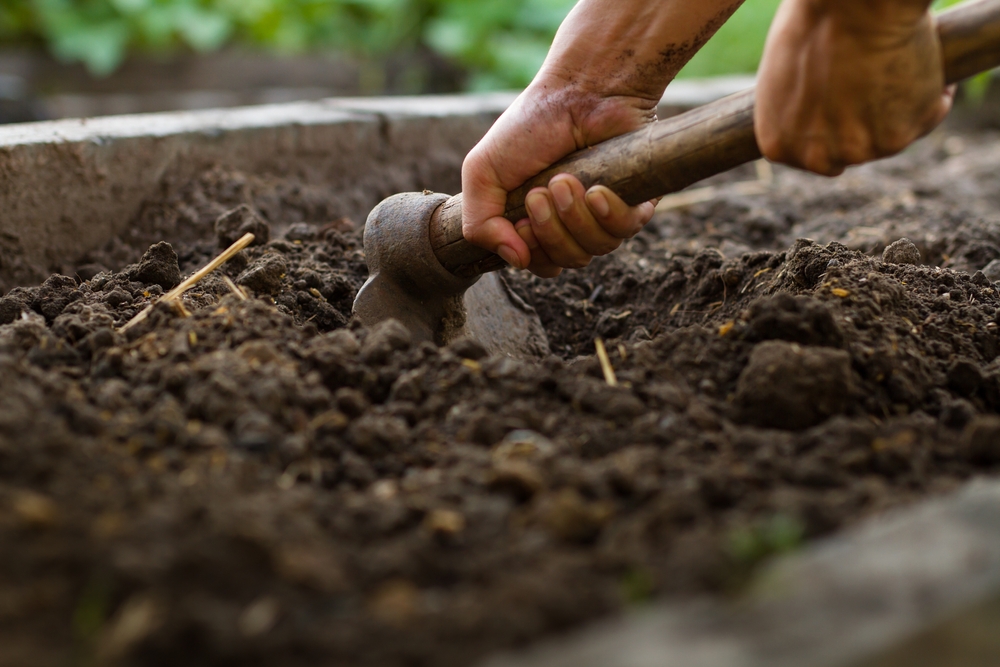
Compacted soil can feel hard and dry, with water running off instead of soaking in. A garden fork and some compost can help loosen it up and bring back the crumbly texture that plants like.
Erosion often happens on slopes or bare patches. You can stop it by planting ground covers, laying mulch, or adding small terraces to slow down water flow.
Some soils build up salt from tap water or synthetic fertilizers. You might notice crusty white spots or stunted growth. Flushing with water and switching to organic matter helps wash away the salt.
Taking care of your soil is one of the easiest ways to grow a better garden. Healthy soil feeds your plants, holds water, and protects against problems before they start. With just a few simple steps, like testing your soil and adding compost, you can give your garden a fresh start.
This article originally appeared on Avocadu.
